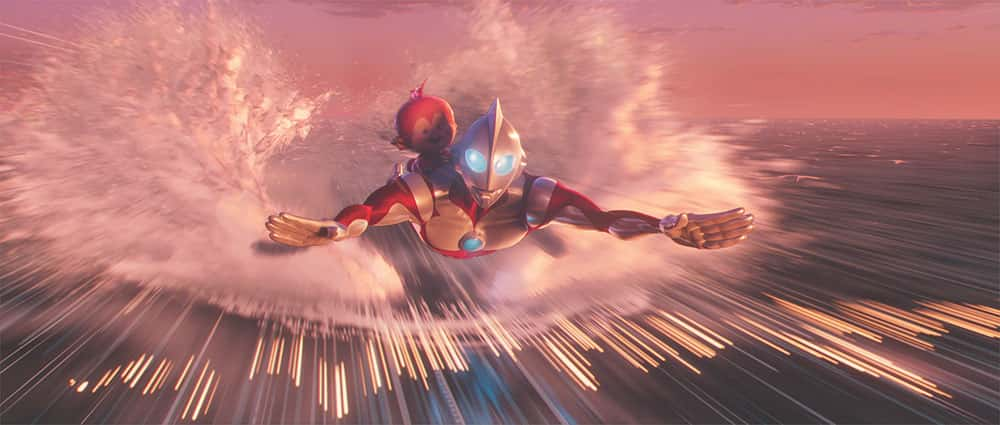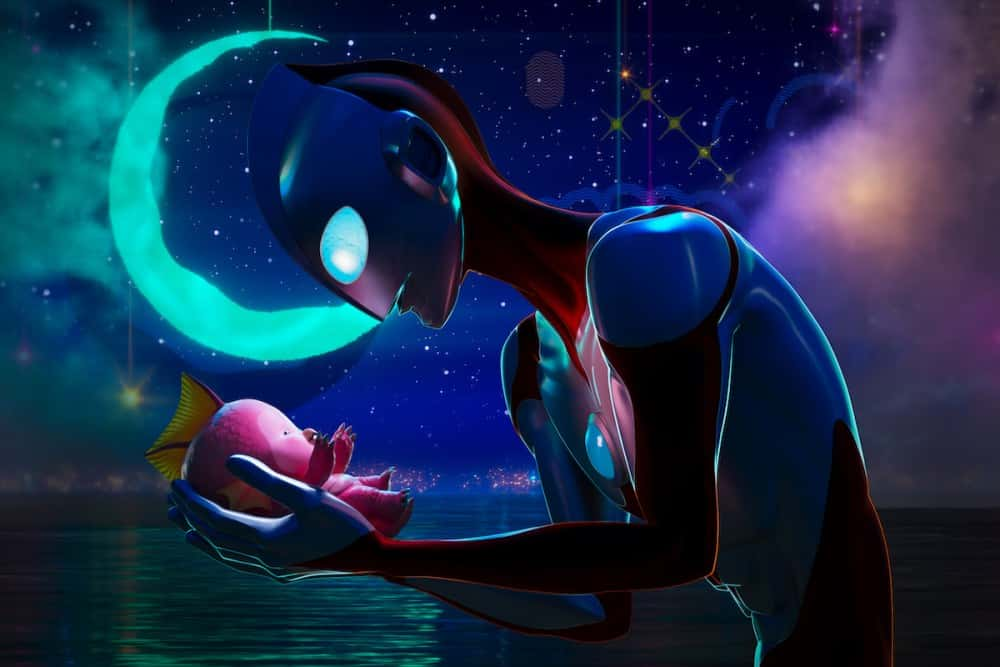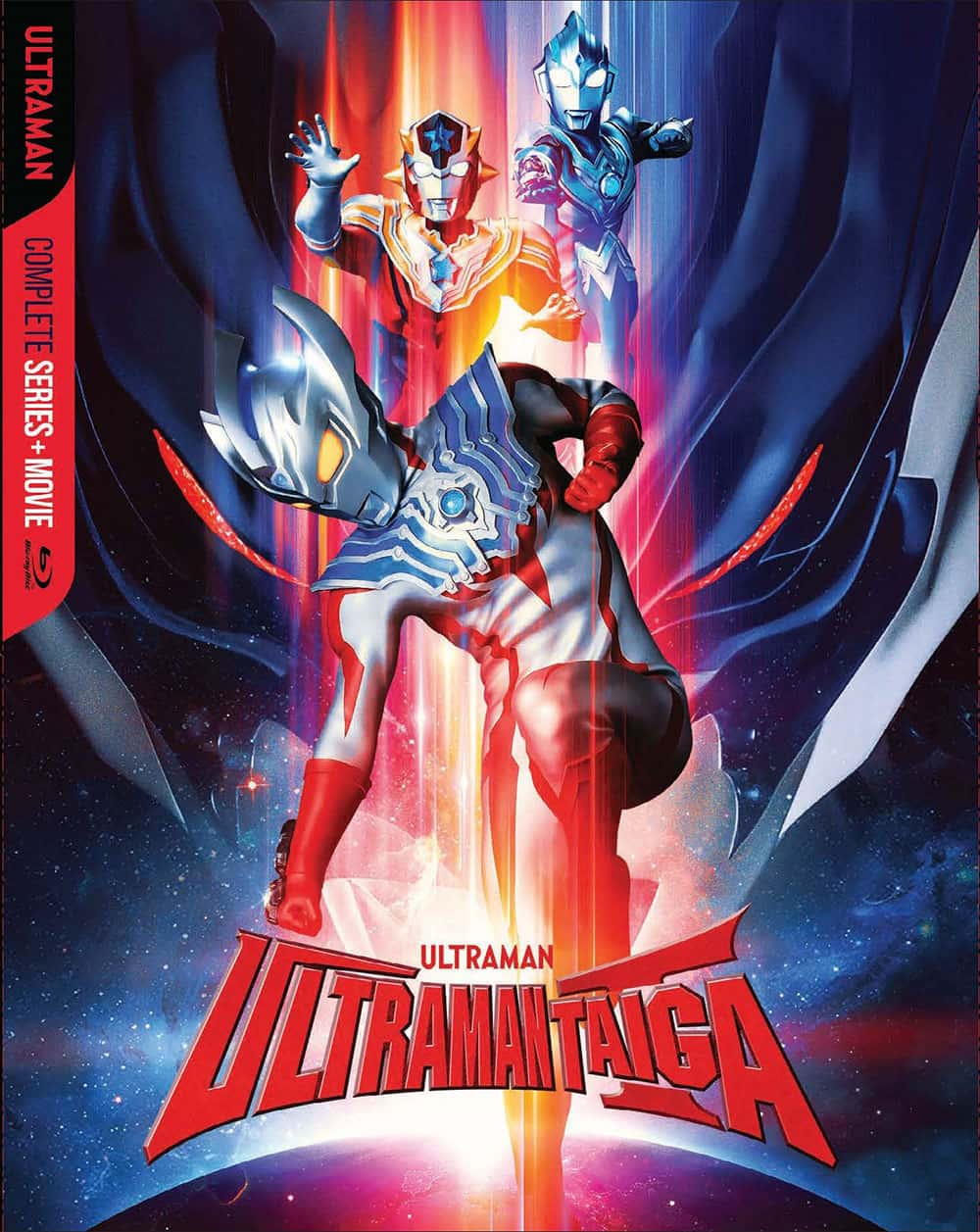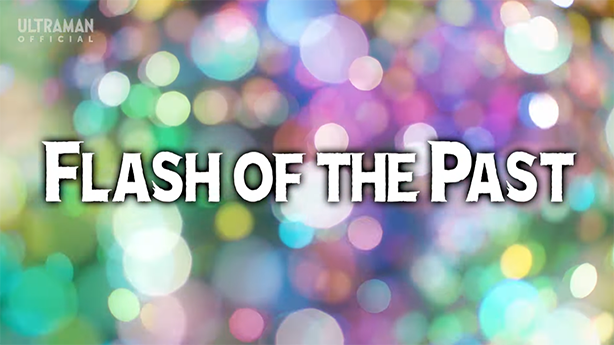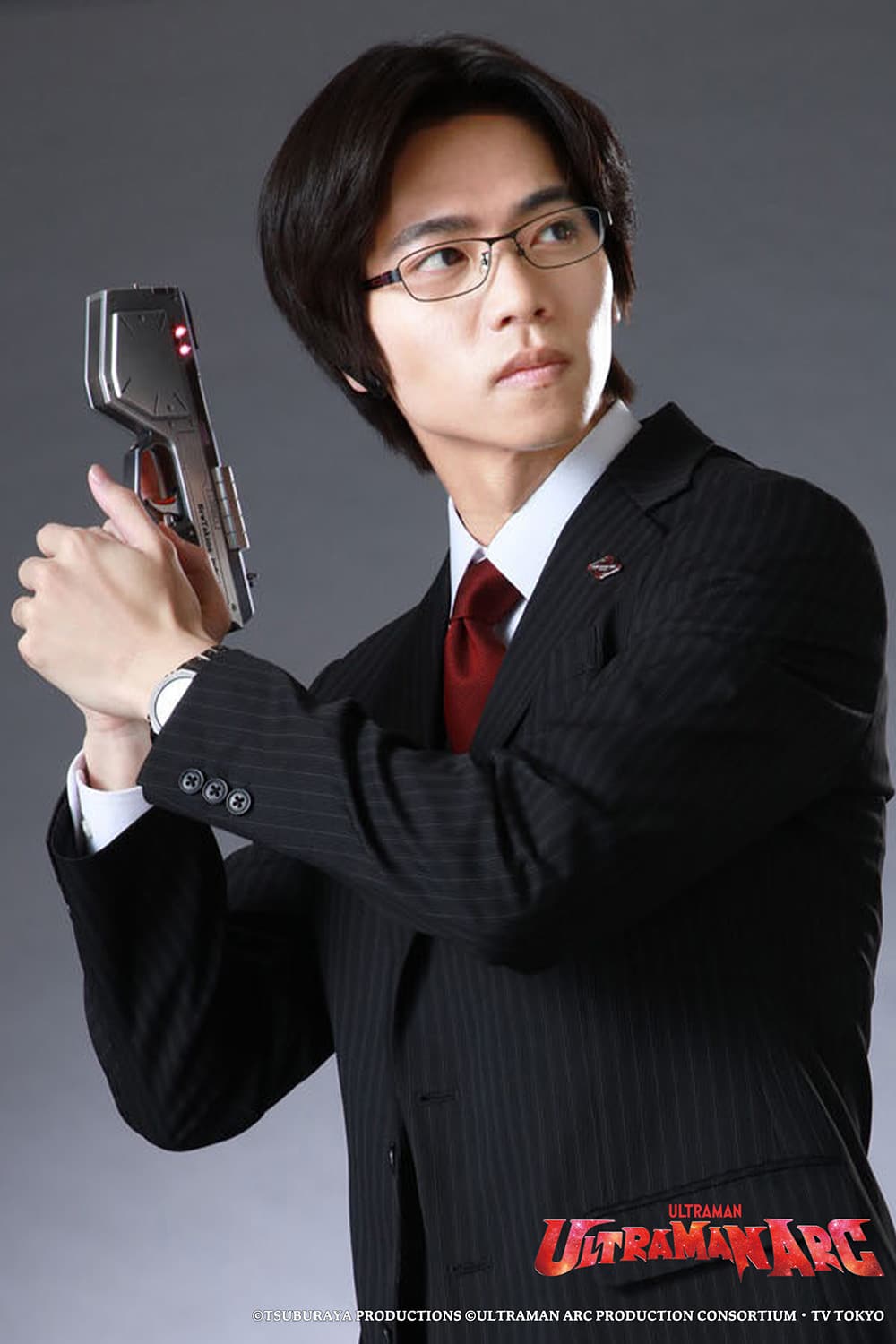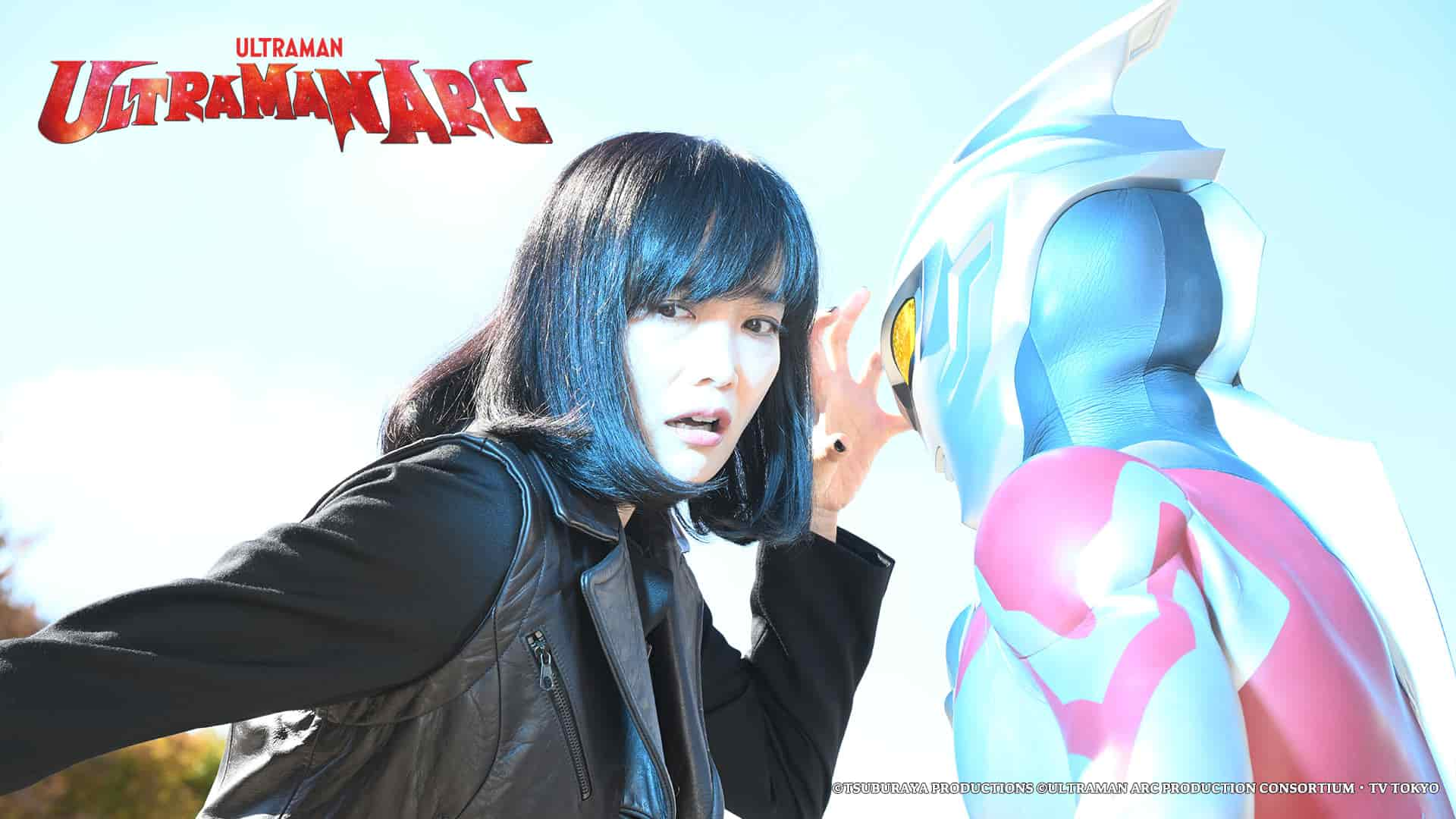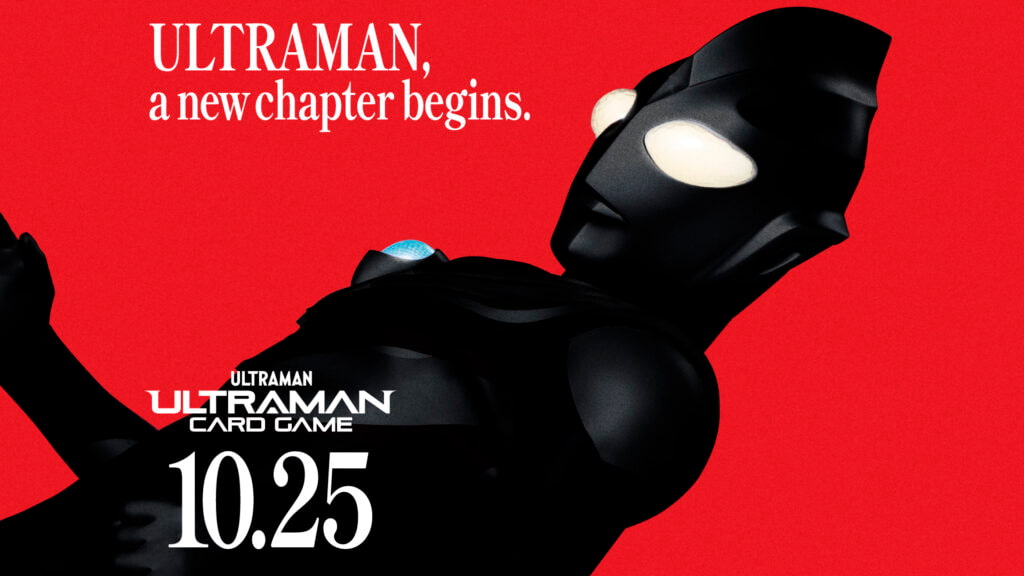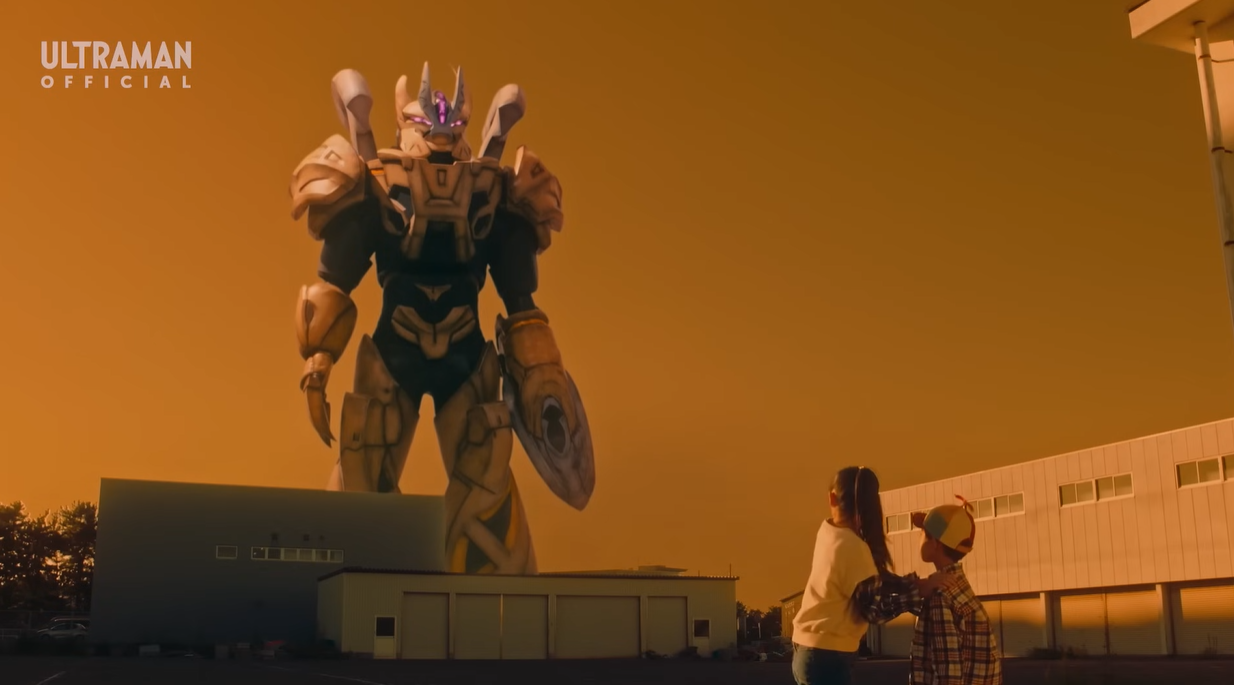For almost half a decade now, Ultraman Connection has been here, excitedly bringing the Ultraman Series in its myriad forms to the global fans (that’s you!).
With the release of Ultraman: Rising, however, we’ve reached a new milestone — an Ultraman Series entry — a great entry, no less — that comes out of America. It’s an emotional moment for us, having been here and dreaming of moments like this.
So rather than a single piece, we brought the various writers and producers on UC to share their feelings, their thoughts — their love for Rising.
This is the first of two pieces — Come back tomorrow for the remainder!
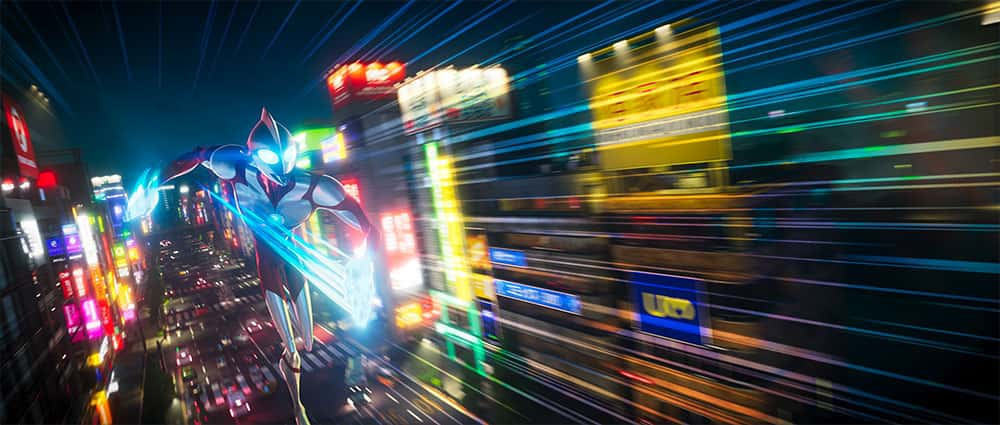
Ultraman Rises in a Kaiju’s Eyes — Evangelia Artemis
This Father’s Day weekend, Netflix’s Ultraman: Rising captured the hearts of noobs and Ultra-fans alike, showcasing Ultraman like we’ve never seen him before.
Ken Sato disrupts the narrative of what we imagine an Ultra host to be. While unwavering dedication is usually what defines a host, it’s the very thing that Ken lacks at the top of the story. He’s a “nepo-Ultra,” and a reluctant one at that.
Who could blame him though? Ultraman has given his all to humanity for as long as we’ve known him, but oftentimes this comes at the expense of Ultra-hosts’ families. Ken Sato’s dad couldn’t just tend to him like a normal father, he had to tend to the entire world. And then he compelled Ken to do the same!
A parent not being able to give us everything we need and then putting the expectations of the world on our shoulders is an experience almost everyone can relate to. Ultraman: Risingexplores just how the resentments we have for our parents can create an armor of spitefulness that hinders us when we think it’s protecting us.
For the first time we see humanity disappointed in Ultraman, questioning his love for them and his dedication to protection as he phones in a battle with Neronga. He has never been questioned this harshly, especially by grandmas!
We never see a defense team pitted against Ultraman, but in the case of the Kaiju Defense Force, they are not Ultra-allies. Chief officer of the KDF, Dr. Onda, has resentments of his own, blaming Ultraman for the Kaiju-related death of his family and vowing to smite all Kaiju from existence. Even the film’s antagonist has an origin story anyone can understand and empathize with, although things get complicated when we grow just as attached to a certain Kaiju infant as our hero…
Ken’s arrogance is sort of endearing, manifesting mostly in his wit, but he still must evolve past the snark to resign his ego and become Ultraman. Slowly but surely, we get to watch him peel off the hardened, cocky persona he’s built for himself in the wake of his mother’s disappearance and learn to see the world through a fresh pair of eyes… Kaiju baby eyes!
Every moment in the story is a carefully considered allegory for the nuances of parenthood. From the giant scale of Emi, the Kaiju baby (Babies might be small, but they feel larger than life) to the way she destroys everything in her path in pursuit of her father’s attention. Through the paralleling stories of Emi trying to chase her parent’s love and Ken reckoning with the very same need, we learn the truth of the film: We all have the same basic needs and if we don’t heal our inner child, a part of us will stay a wounded, searching child forever.
Ultraman: Rising has a lot to say, but doesn’t beat you over the head with it. The story unfolds seamlessly, each beat deliberate and essential. The pace is fast and easy to follow with a narrative that knows just how to tap into the hearts of children and adults alike. It honors the concept of grief in a touching manner yet manages to spare us deep pain, even when approaching difficult territory.
Punctuated by exhilarating action sequences, chock-full of Easter eggs, detail, rich color palettes, dynamic character composure and an art style unique enough to honor John Aoshima and Shanon Tindle’s one-of-a-kind vision, Industrial Light & Magic truly outdid themselves. The film might be exclusive on Netflix save for a few theatrical showings, but it’s fit for the silver screen.
Ultraman: Rising conjures up nostalgia for what once was and optimism for what’s to come. It empowers us to look towards our untreated wounds and treat them for the sake of all those we will have an impact on down the line. It evokes gratitude for the loved ones we have and the ones we have lost, and ultimately, it reminds us, “Being Ultraman isn’t about fighting, it’s about heart. Use your power to bring balance.”
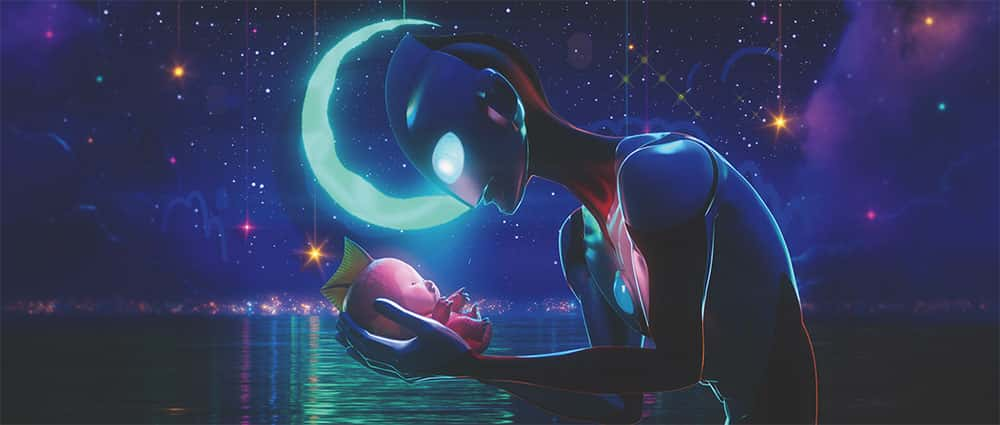
Ultraman Has Finally Come Home — Jeff Gomez
In the fifth grade when school let out, I’d follow the kids to Kissena Park and watch them play tag or hit some baseballs. I was the new kid there in Flushing, Queens, having just moved with my Mom and sister Tami from Manhattan. I liked this new world, with its trees and grass and I wanted to join the fun. “Schuuuwatch!” I’d cry, holding a twig to the sky, imagining myself turning into a 13-story giant, the mighty Ultraman. And who would play the giant monster against me? That would be—no one!
Those kids looked at me like I was crazy, especially when I had to play both parts and be Ultraman and Gomora! Admittedly it had to have been a strange sight, but the point is I was alone, and those moves didn’t exactly make me Mr. Popular. I had watched Ultraman all summer long in Bayamon, Puerto Rico while visiting my Dad. Like getting to see a new Kaiju movie every week featuring a stoic hero who might have been knocked down but got right back up every time. But Ultraman didn’t play in New York. It was as if I’d imagined the whole thing.
In some ways I never did leave my fantasy world. I’d venture across the city with a handful of friends capable of handling my weirdness. Developed sprawling fantasy roleplaying worlds. Went on to edit comics and develop video games. Then I formed my own company Starlight Runner, and my job became creating or expanding fictional worlds. There’s even a fancy term for it: transmedia producer. So, after all these years I would get to go to Japan and become Tsuburaya Productions’ first American transmedia producer, with the goal of helping to build audience recognition and strong licensing across various media for none other than Ultraman!
One of the first major projects we learned about was Shannon Tindle and John Aoshima’s feature animation project for Netflix, which would be called Ultraman: Rising. My team did everything we could to support the production and build excitement around it with our growing crowd of terrific fans. Tonight, the project finally saw the light of day. Ultraman: Rising streamed into millions of homes across North America and in countries around the world.
In many ways, Ultraman: Rising was everything I could have hoped an animated version of my hero could be. The nighttime sequences with their neon glow. The fluid, graceful movements of Ultraman. The intelligence in the eyes of the Kaiju. But most of all, the filmmakers got the message right. The shift from selfish to loving, frivolous to responsible, chaos to balance. None of this is easy and Ken Sato is knocked down by more than Kaiju throughout the movie. It reminded me that being alone sucked, and life always changed for the better for me when it involved friends and family, true understanding, and most of all, reconciliation.
Ultraman will continue to rise but in a way my job is done. There will now be thousands of kids playing the Giant of Light in parks everywhere…and there’ll always be a friend to play the Kaiju.
Tomorrow, we have two more pieces from our UC staff on how Ultraman: Rising made us feel — but until then, why not tell us what it made YOU feel, on our Twitter? And for more deep dives into Ultraman: Rising and the entire Ultraman Series, stay close to Ultraman Connection.
